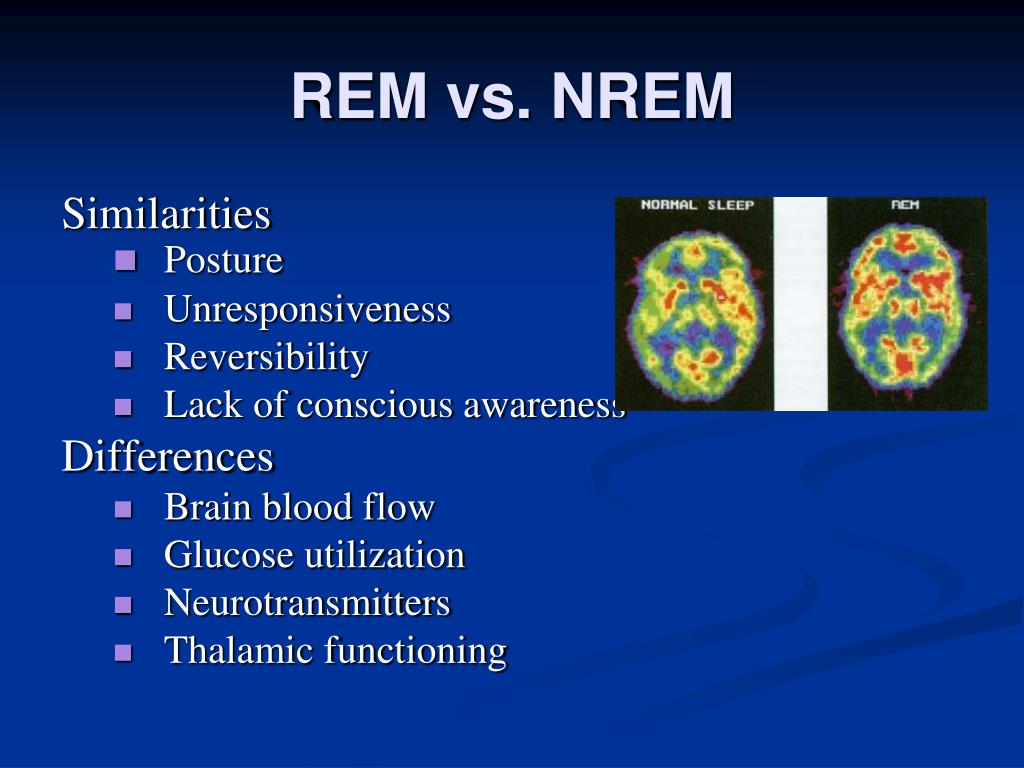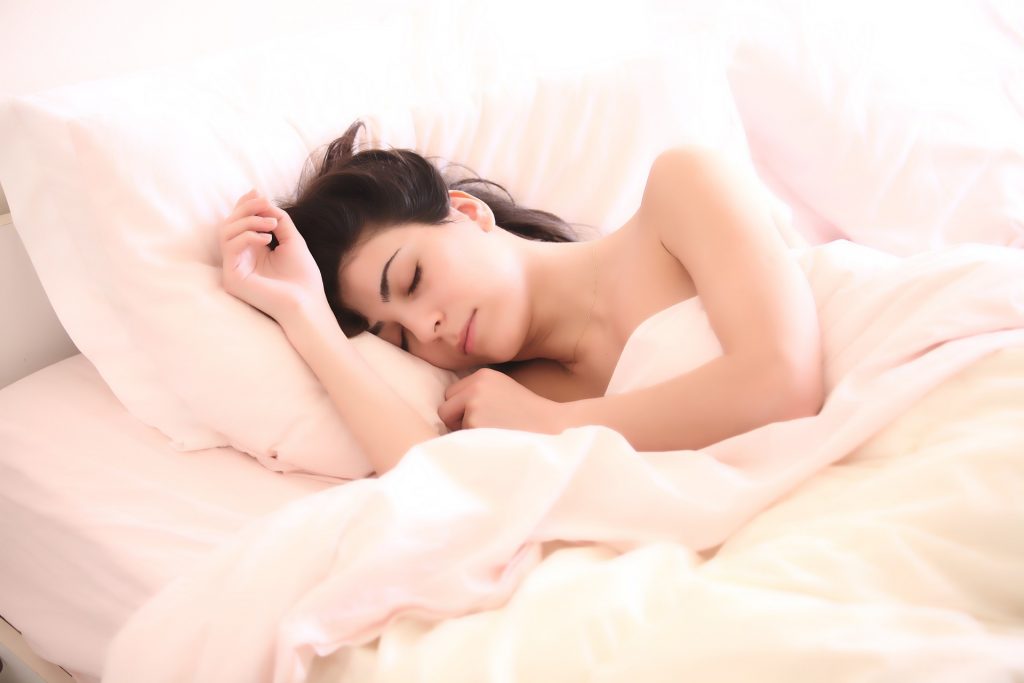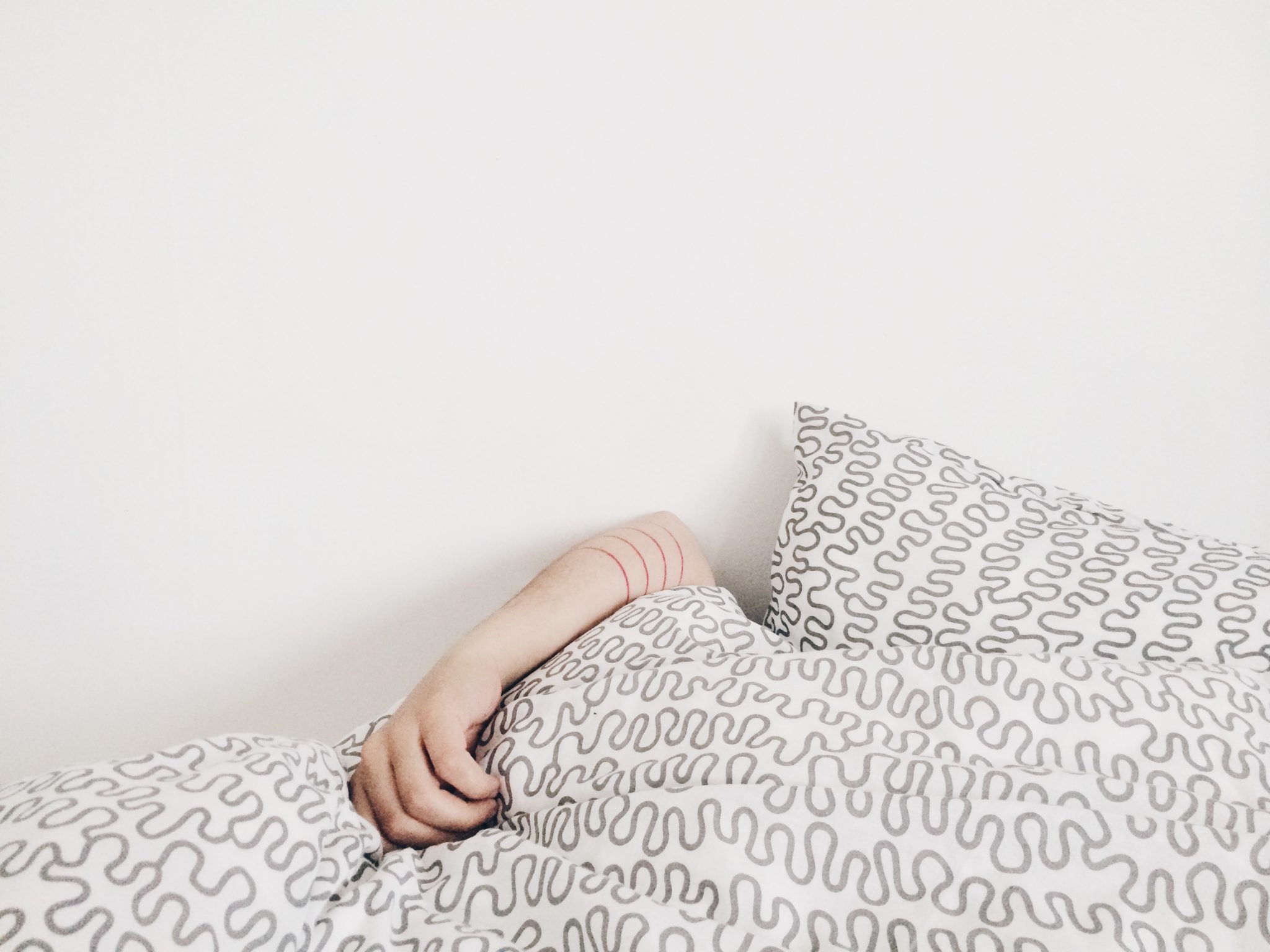


The deep sleep is basically the Stage 3 of the NREM sleep cycle which is characterized by an EEG that displays high amplitude slow waves. The body seems to enter a state of hibernation as the physiological system tune down. However, dreams can also occur in NREM sleep.ĭuring NREM, the electrical activity in the brain slows down and the brain waves change from rapid rate of waking to high-amplitude slow waves as the sleep deepens. REM sleep, often referred to as the fifth stage of a sleep cycle, is usually associated with dreams and is characterized by the rapid movement of the eyes. The NREM sleep, also known as slow wave sleep (SWS) is a dreamless sleep stage which happens first and progresses in a fixed order as our body goes from light to deep sleep in four stages. Together, these two stages make one complete sleep cycle. The normal sleep cycle consists of two stages: non-rapid eye movement (NREM) sleep and rapid eye movement (REM) sleep. A study of the sleep patterns in the 1950s by a University of Chicago physiologist, Nathaniel Kleitman led to a fascinating finding which suggested that sleep is not a state of coma, but rather a period of regular cyclic changes.
But our understanding of how sleep benefits us has advanced considerably over the years. A good healthy sleep is beneficial to both our body and mind. Well, researches and studies suggest that we need at least a seven good hours of nightly sleep to feel refreshed in the morning. Among other things, the choice depends on your technological preferences.We spend almost one-third of our lives sleeping. The most suitable model to choose from the many sleep phase alarm clocks differs from person to person. Due to the associated radiation, however, not everyone is prepared to place their smartphone next to their pillow throughout the night. The most well-known of these is called Sleep Cycle. Sleep tracker alarm clocks are not only available from aXbo and co., but also in the form of smartphone apps. The leading producers of a wide variety of sleep phase alarm clocks or sleep tracker alarm clocks include aXbo, Philips, Sony and Fitbit. Sleep trackers are available with an alarm function in fitness armbands or as contactless sleep monitoring systems for your mattress.

This can help us in optimising our sleep. These also allow us to learn something about our sleep phases, sleeping behaviour and sleep duration. Generally, sleep phase alarm clocks are reliable at waking us up but for some people it may also be the case that they do not always recognise the moments of superficial sleep.Īlternatively, there are sleep tracker alarm clocks. If the sleep phase alarm clock does not identify any moments in which we are almost awake, it wakes us automatically at the end of the set time window to be safe. The sleep phase alarm clocks then wake us by ringing or vibrating during a time period specified by us. The sensors recognise this through our movements which increase at these moments. Sleep phase alarm clocks address precisely this issue: via sensors in an armband, the alarm clocks sense our almost-awake moments. Waking up at these moments is more pleasant for us than during deep sleep phases. NREM stands for non-rapid eye movement.īetween the sleep phases, there are moments in which we are almost awake. The REM phase alternates with the NREM phase, which includes the light and deep sleep stages mentioned above. Incidentally, REM sleep is also referred to as “paradoxical sleep” or “dream sleep”. This is because the brain is networked differently during REM sleep than it is during deep sleep, finding itself in a state similar to that we experience during waking hours. If you wake up during REM sleep, you can usually vividly remember your dreams. The REM phase is considered to be the dream phase. This is likely so that we do not act out the wild dreams that our brain plays out in our minds during REM sleep. Only our muscles remain fully relaxed during REM sleep. While we sleep, our body therefore consumes almost as many calories as it does during the day when we are at rest. In REM sleep, our brain activity, breathing, pulse and blood pressure almost increase to the levels they reach when we are awake. During the REM phase, our body once again steps up a few gears. It is for this reason that researchers named REM sleep after the term rapid eye movement (REM). Our eyes begin to move quickly to and fro.


 0 kommentar(er)
0 kommentar(er)
